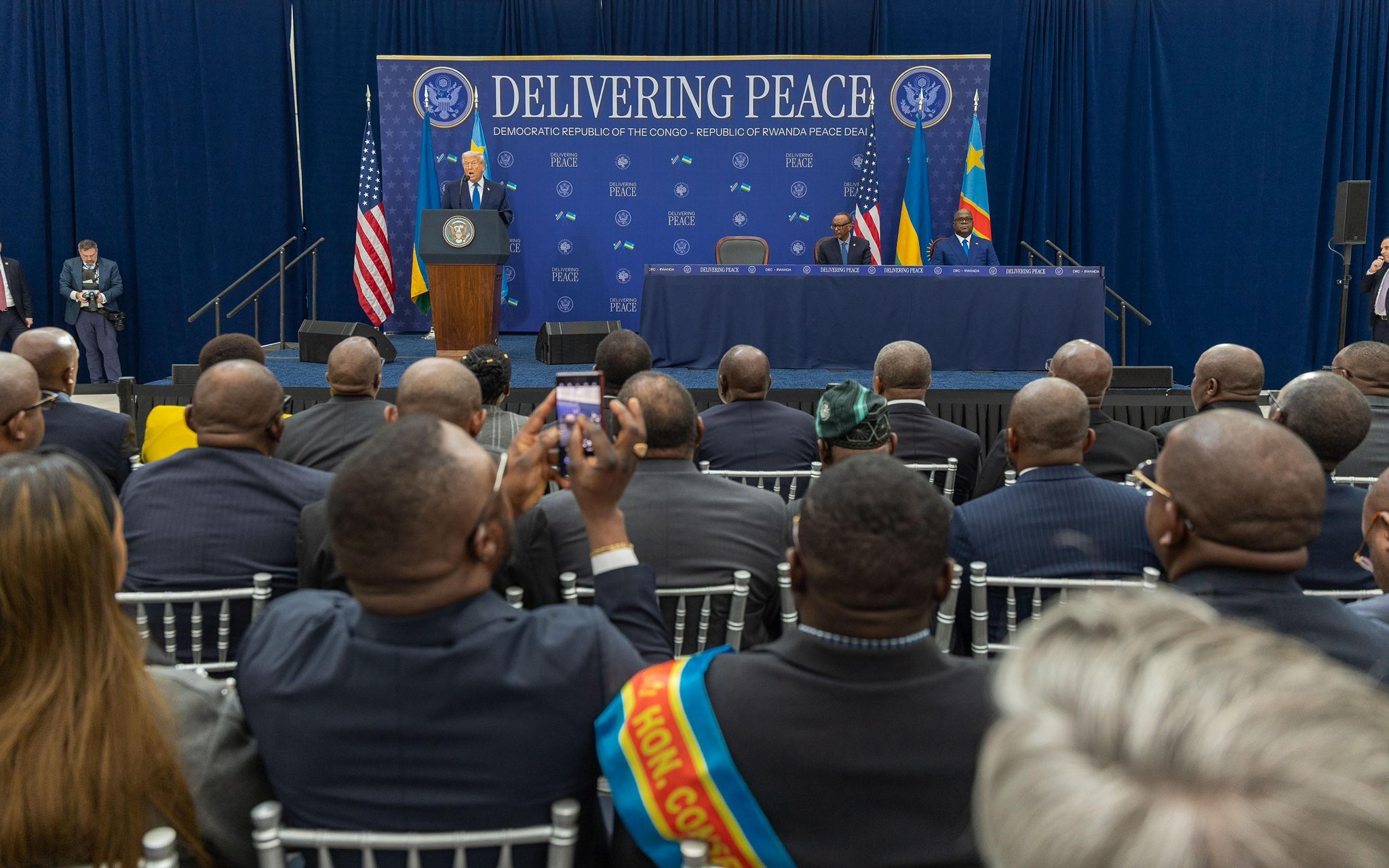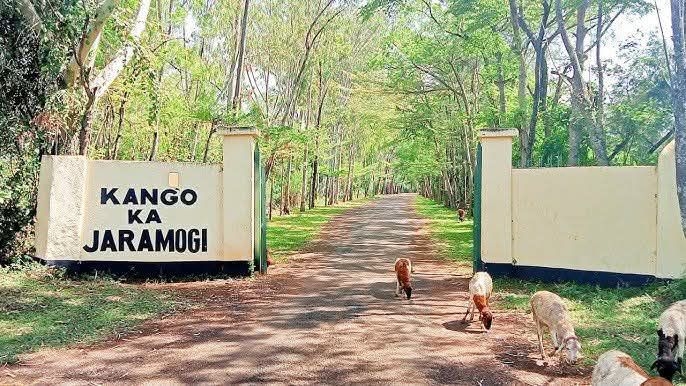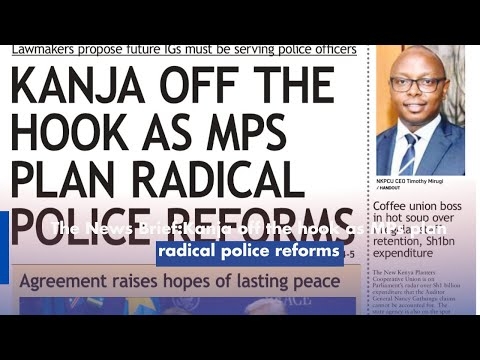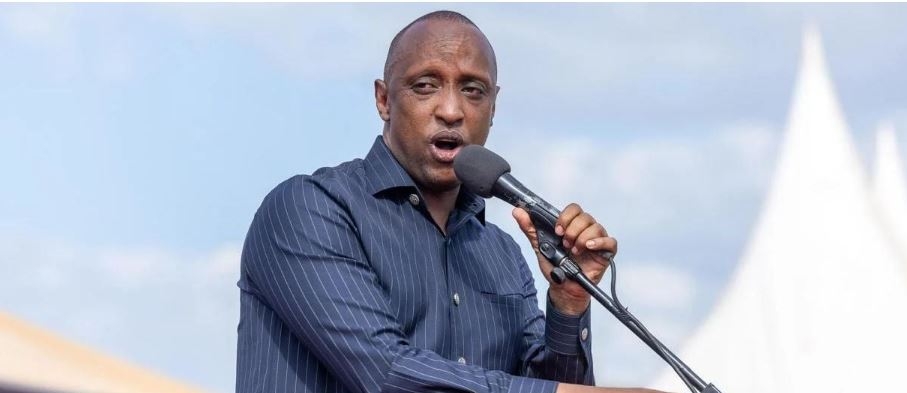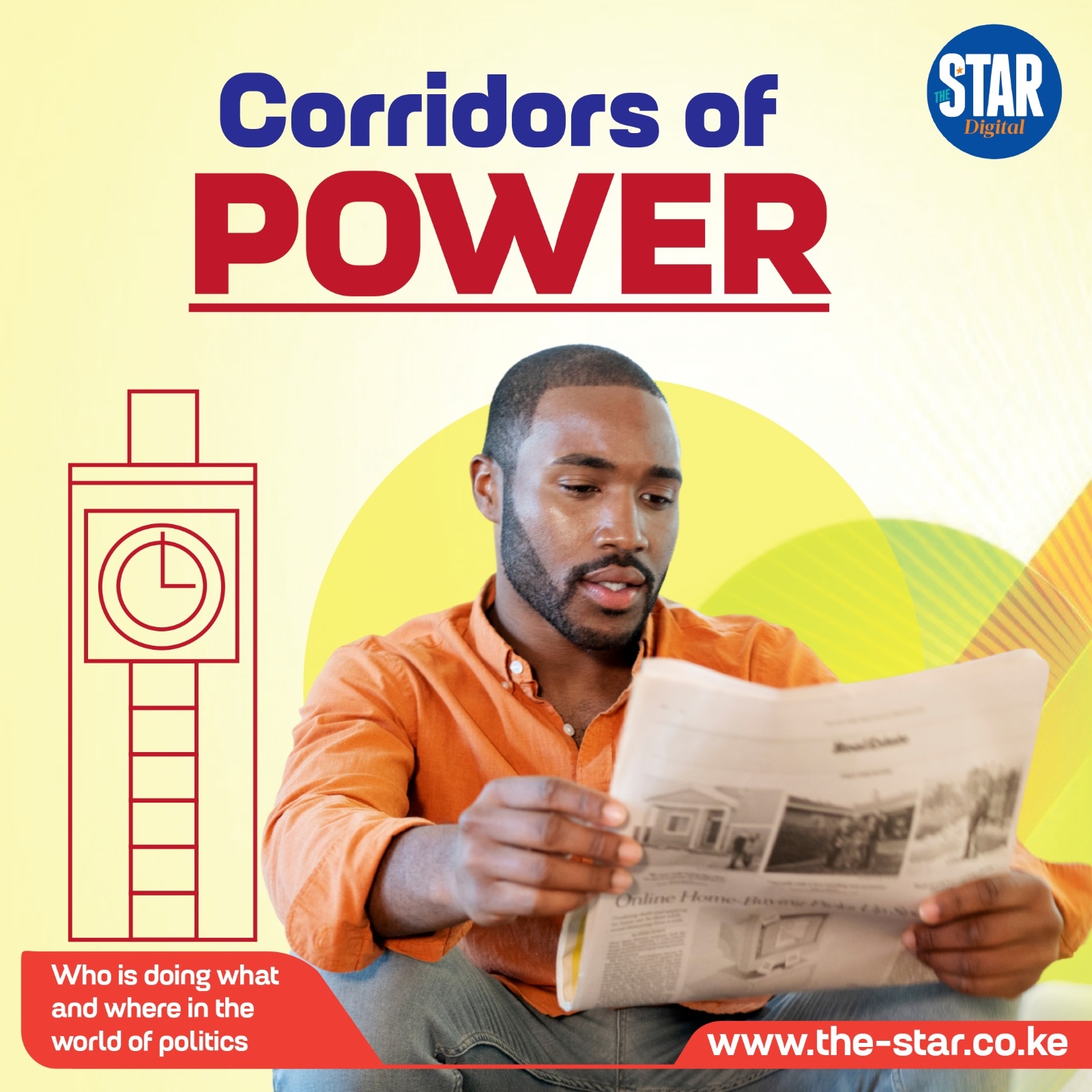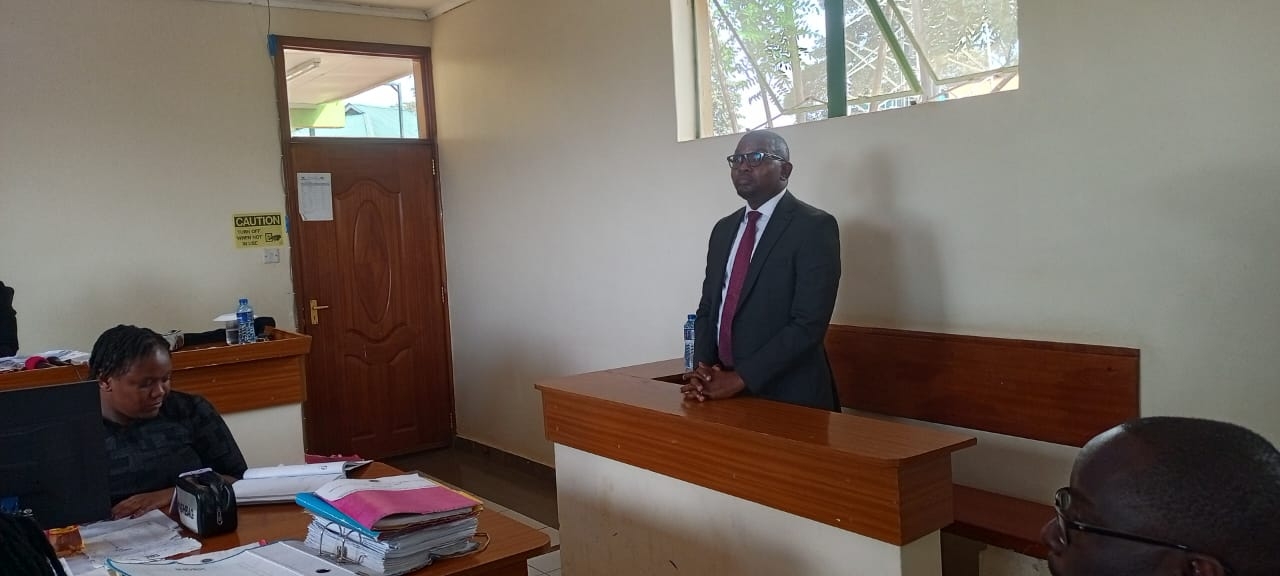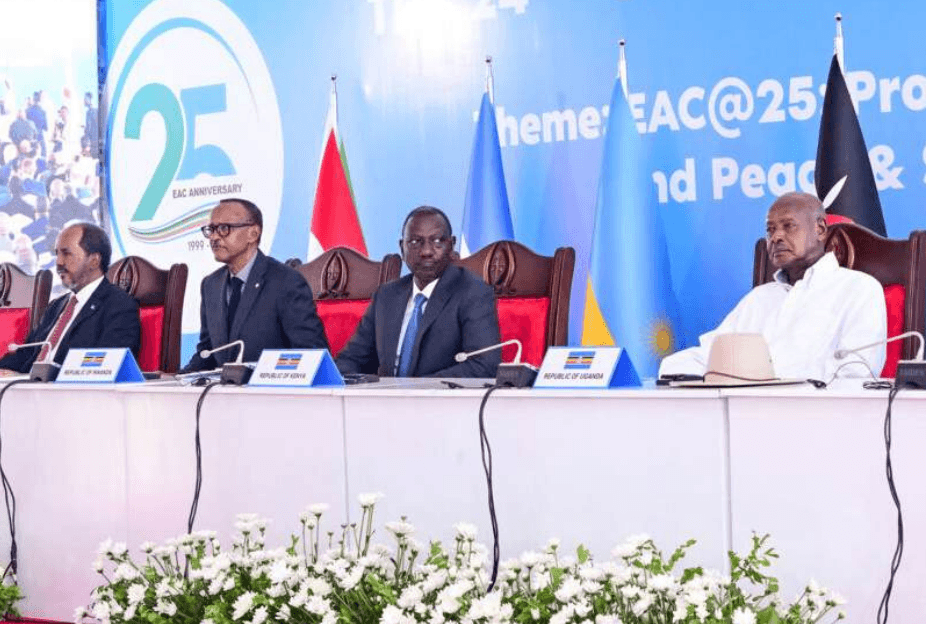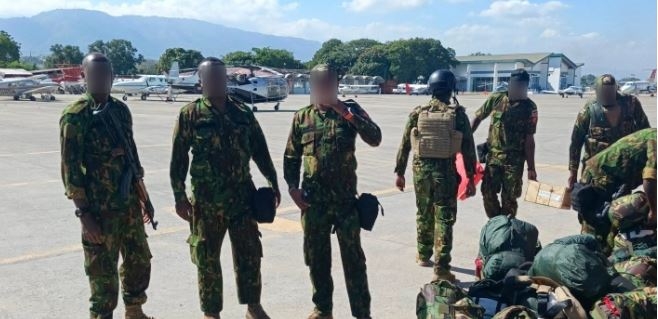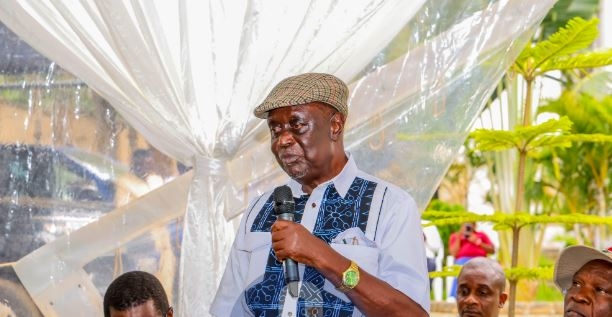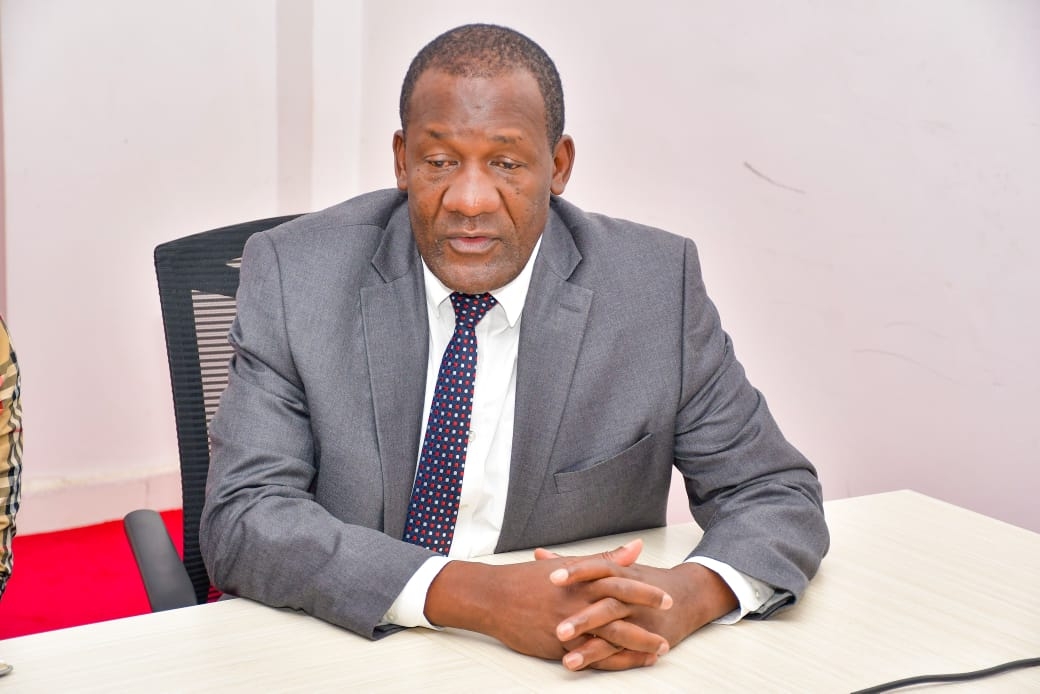Sixty years in the life of a nation may seem like a very long time to some, but in history, it is merely the blink of an eye.
That said, every decade since 1963 has seen enormous changes in Kenya, some for the better, others for the worse, but change all the same. I thought in honour of the 60th Madaraka Day I would take a two-part look back at the road we have travelled as a nation.
Sixty years ago today the results of the general elections, held over a nine-day period throughout the British colony of Kenya, were announced and the Kenya African National Union party, better known as Kanu, began its 39-year-long domination of Kenyan politics.
These were the last elections in pre-independent Kenya and the other key party was the Kenya African Democratic Union or Kadu.
For the first time in the history of the country, Kenyans were able to elect all the people that would govern them. Kanu won 83 of the 124 seats in the House of Representatives and 18 of the 38 seats in the Senate.
The secessionist conflict known as the Shifta War or Gaf Daba, in which ethnic Somalis in what was then known as the Northern Frontier District of Kenya attempted to secede and join the republic of Somalia, meant however that five seats in the House and three in the Senate remained unfilled.
Madaraka was promulgated on June 1 of that year, six months ahead of full independence in December of that same year.
Fast forward a decade to 1973 and a lot had changed in just a very short time. The Shifta war had come to an end following the failure of the secessionist bid.
Four of the brightest lights of post-Independence Kenya had been permanently dimmed.
Two, Specially Elected Member of the House of Representatives Pio Gama Pinto and Economic Planning and Development Minister Tom Mboya had been brought down by political assassins in 1965 and 1969 respectively.
The other two, Foreign Affairs Minister Chiedo Moa Gem Argwings-Kodhek and former leader of Kadu and Cooperatives and Social Services Minister Ronald Ngala died in car accidents said to be mysterious, in 1969 and 1972 respectively.
Meanwhile political intrigues in Kanu had very early on seen Oginga Odinga fall out with President Jomo Kenyatta and eventually edged out of the vice presidency and the party by 1966
In a related move, the opposition Kadu dissolved itself with its members joining Kanu in 1965. Kadu chairman Moi would eventually become VP in 1967 after Joseph Murumbi who took over from Odinga in 1966, became disillusioned with politics and decided to quit.
Odinga had formed an opposition party, the Kenya People’s Union after he left Kanu, it gave Kanu a run for its money at the so-called little general election of 1966 caused by all the MPs who had left Kanu, but by 1969 the party had been banned and Odinga detained for 18 months.
Meanwhile, Kenyatta survived a coup attempt that had been planned for April 8, 1971
By 1983, however, Kenyatta was dead and buried, Moi had become president against quite heavy odds and had begun to consolidate his power after he also survived a coup attempt on August 1, 1982.
The coup attempt had been triggered by, among other things, the Constitution of Kenya (Amendment) Act of 1982 that introduced Section 2A to the Constitution and converted Kenya into a one-party state.
This change in the constitution was aimed at blocking Oginga and any others who might have thought of opposing Moi and Kanu.
In May 1983 Moi, who had accused his old friend and confidante Charles Njonjo of plotting against him with the aid of a foreign country, called a general election in September and used that election to get rid of all of Njonjo’s political allies.
By 1993, Kanu and Moi had backed down on the single-party issue with multiparty politics returning in December 1991, a year ahead of the 1992 general election.
Catch me here next week for the second and final part of this look back at the last 60 years.
Follow me on Twitter @MwangiGithahu



